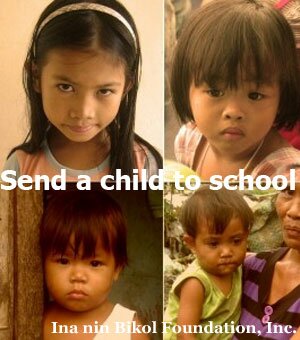Doi Moi to Hingowa!
In the 1980s to the early 1990s, we were compared in development with Thailand. But, Thailand has already left us far behind. Now, we are paired with Vietnam, with 83 million people like us (World Bank, 2005).
In 1986, when we had our People Power Revolution, Vietnam embarked on its own Doi Moi or renovation process. It experimented with market mechanisms to combat famine while preserving social inclusion.
The World Bank recounts, thus:
“An egalitarian redistribution of farmland, coupled with freer trade in agricultural products and better agricultural support services at the local level, led to a boom in farm exports and a dramatic reduction in rural poverty.”
“Foreign investment grew as the domestic entrepreneurial spirit was unleashed. Urban residents moved into paid employment, helping to reduce the number of rural poor even more.
“Vietnam’s economy expanded rapidly. It avoided the economic collapse that other transition economies went through in the early 1990s as well as the economic crisis that several East Asian countries suffered in the late 1990s. The economic growth rate has exceeded 8 percent in the last two years and the country is now aiming for middle-income country status by 2010.” (IDA at Work: Vietnam: Laying the Foundation for Steady Growth, Feb. 2007)
Comparatively, according to the World Bank, “Vietnam is one of the best-performing developing economies in the world. When the World Bank re-engaged with Vietnam in 1993, income per capita was US$170. Today it is US$620, and by 2010 it could reach US$1,000. Electricity, once a luxury, is now commonplace. Clean water is more accessible. Vietnam is expected to achieve by 2015 most of the ambitious Millennium Development Goals set by the United Nations.”
Notably, Vietnam’s poverty incidence of population has gone down from 58% in 1993, to only 20% in 2004. Compare with the Philippines’ 30.4% or Bikol’s 48.4% in 2003; where growth only makes the rich and trapos get richer while leaving the poor behind.
Klaus Rohland, the World Bank’s Country Director for Vietnam from 2002 to February 2007, described Vietnam’s achievement more concretely, thus: “Well, Vietnam is certainly different than it was 10 years ago because Vietnam has developed very fast, and it really has achieved development with inclusion. You all know the figures: Income more than doubled. Poverty reduced from more than 70 percent to less than 20 percent of the population. This is reflected in the way the Vietnamese look into the future.”

